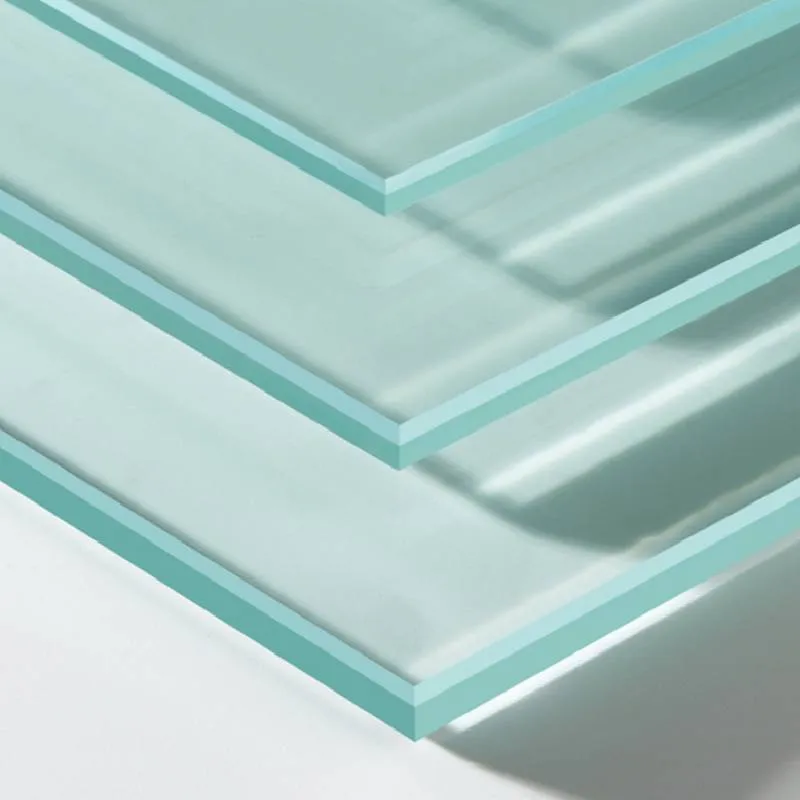Cutting Toughened Safety Glass An Overview
Toughened safety glass, also known as tempered glass, has become a popular choice in various applications due to its strength and safety features. The process of cutting toughened safety glass, however, poses unique challenges and requires specialized techniques to ensure precision and safety.
What is Toughened Safety Glass?
Toughened safety glass is made from float glass that undergoes a thermal treatment process. This treatment involves heating the glass to over 600 degrees Celsius and then rapidly cooling it. The process increases the glass's strength significantly, making it about five to six times stronger than standard, untreated glass. Because of this enhanced strength, toughened glass can withstand impact and thermal stress, making it ideal for use in buildings, vehicles, and various everyday products.
Applications of Toughened Safety Glass
Due to its safety characteristics, toughened glass is widely used in a variety of applications. Common uses include windows, shower doors, glass doors and tables, facades of buildings, glass partitions, and even in automotive industries. Its ability to break into small, blunt pieces rather than sharp shards significantly reduces the risk of injury, which is one of the primary reasons for its increasing demand.
The Process of Cutting Toughened Safety Glass
Cutting toughened safety glass is not the same as cutting regular glass. Once glass is toughened, it cannot be cut or modified using traditional techniques. Any attempts to cut it after the toughening process will lead to breakage, rendering the piece unusable. Therefore, the cutting must be done before the toughening process.
cutting toughened safety glass
1. Measuring and Marking Before cutting, accurate measurements are crucial. Using a pencil or marker, dimensions should be carefully marked on the glass. Precision in this step ensures that the final product fits its intended installation.
2. Cutting The glass is typically cut using a diamond-tipped glass cutter or a waterjet cutting system. A steady hand and the right amount of pressure are essential to create a clean score line. This score line is what guides the break, allowing for a cleaver split.
3. Finishing Edges After the glass is cut, the edges must be smoothed and polished. This is usually done with a grinding machine or sanding tools, preventing sharp edges that can pose a risk of injury.
4. Washing Prior to the toughening process, the glass must be thoroughly cleaned to remove any dust or oil, ensuring a seamless transformation during toughening.
5. Toughening Process Finally, the glass is subjected to the toughening process. It is heated and then quickly cooled, creating the robust safety glass known for its strength and durability.
Conclusion
Cutting toughened safety glass requires a meticulous approach. Understanding the properties of the glass and the correct techniques ensures that the end product maintains its integrity and safety features. As the demand for toughened safety glass grows, so does the importance of mastering its cutting and processing techniques, ensuring that industry standards for safety and durability are met. With the right tools and knowledge, professionals can create bespoke glass solutions for various applications, providing both functionality and peace of mind.
 Afrikaans
Afrikaans  Albanian
Albanian  Amharic
Amharic  Arabic
Arabic  Armenian
Armenian  Azerbaijani
Azerbaijani  Basque
Basque  Belarusian
Belarusian  Bengali
Bengali  Bosnian
Bosnian  Bulgarian
Bulgarian  Catalan
Catalan  Cebuano
Cebuano  Corsican
Corsican  Croatian
Croatian  Czech
Czech  Danish
Danish  Dutch
Dutch  English
English  Esperanto
Esperanto  Estonian
Estonian  Finnish
Finnish  French
French  Frisian
Frisian  Galician
Galician  Georgian
Georgian  German
German  Greek
Greek  Gujarati
Gujarati  Haitian Creole
Haitian Creole  hausa
hausa  hawaiian
hawaiian  Hebrew
Hebrew  Hindi
Hindi  Miao
Miao  Hungarian
Hungarian  Icelandic
Icelandic  igbo
igbo  Indonesian
Indonesian  irish
irish  Italian
Italian  Japanese
Japanese  Javanese
Javanese  Kannada
Kannada  kazakh
kazakh  Khmer
Khmer  Rwandese
Rwandese  Korean
Korean  Kurdish
Kurdish  Kyrgyz
Kyrgyz  Lao
Lao  Latin
Latin  Latvian
Latvian  Lithuanian
Lithuanian  Luxembourgish
Luxembourgish  Macedonian
Macedonian  Malgashi
Malgashi  Malay
Malay  Malayalam
Malayalam  Maltese
Maltese  Maori
Maori  Marathi
Marathi  Mongolian
Mongolian  Myanmar
Myanmar  Nepali
Nepali  Norwegian
Norwegian  Norwegian
Norwegian  Occitan
Occitan  Pashto
Pashto  Persian
Persian  Polish
Polish  Portuguese
Portuguese  Punjabi
Punjabi  Romanian
Romanian  Russian
Russian  Samoan
Samoan  Scottish Gaelic
Scottish Gaelic  Serbian
Serbian  Sesotho
Sesotho  Shona
Shona  Sindhi
Sindhi  Sinhala
Sinhala  Slovak
Slovak  Slovenian
Slovenian  Somali
Somali  Spanish
Spanish  Sundanese
Sundanese  Swahili
Swahili  Swedish
Swedish  Tagalog
Tagalog  Tajik
Tajik  Tamil
Tamil  Tatar
Tatar  Telugu
Telugu  Thai
Thai  Turkish
Turkish  Turkmen
Turkmen  Ukrainian
Ukrainian  Urdu
Urdu  Uighur
Uighur  Uzbek
Uzbek  Vietnamese
Vietnamese  Welsh
Welsh  Bantu
Bantu  Yiddish
Yiddish  Yoruba
Yoruba  Zulu
Zulu 

